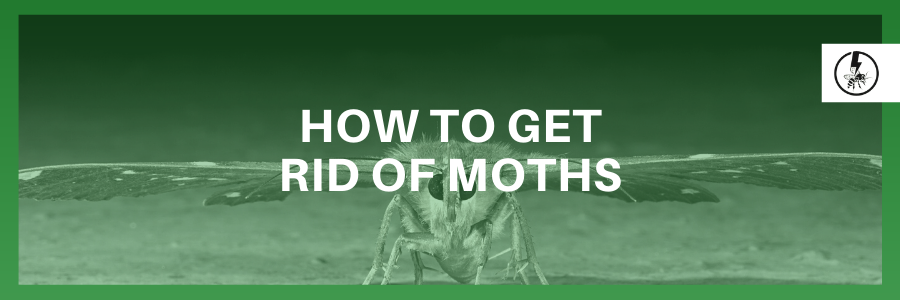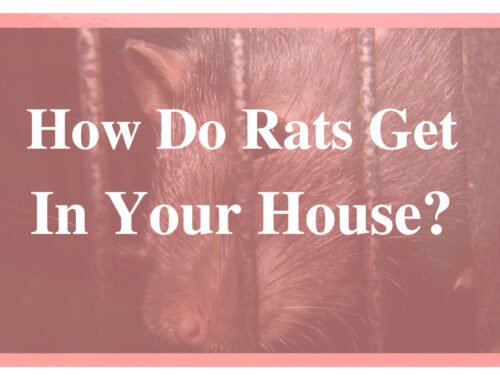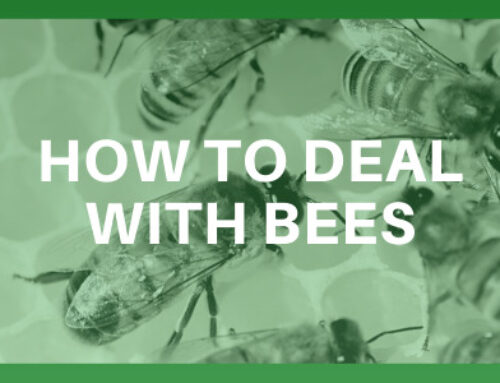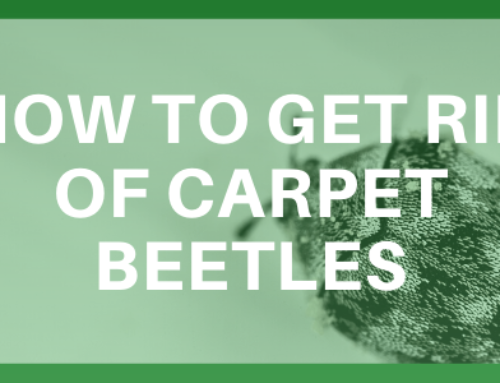Do you have a moth infestation? Are you wondering how to get rid of moths in your wardrobe, in your carpets or in your kitchen?
Moths can cause damage, however it’s the moth larvae that can be the most destructive. If you see signs of moths be sure to take immediate action before the damage becomes irreparable.
Types of moth
There are 3 main moth species found in the UK that are the cause for the damage to your clothes, fabrics and carpets.

Common Clothes Moth (Tineola Bisselliella)
- Also known as webbing clothes moths or just clothes moths
- Between 9-16mm long and small pale golden-brown colour, with reddish hairs on its head
- It’s larvae will eat clothes, carpets and any other natural materials
- The female will lay her eggs close to the feed source
- Once hatched the larvae feed for at least 2 months
- Clothes moth larvae are a creamy white colour with a brown head
- After feeding then will then pupate for 1-2 months before emerging as adults
Carpet Moths (Trichophaga Tapetzella)
- Also known as tapestry moths
- Dark grey-brown coloured
- Adults are between 12-14mm long
- Larvae feed on the keratin found in natural fibres and can take on the colour of the fabric they have been feeding on
- The adult moths live 2-3 months
- Females can lay up to 200 eggs in dark, quiet undisturbed areas
- Carpet moth larvae can live for 2 years feeding from fabrics and can even feed from the wool blended with man-made fabrics
Case Bearing Clothes Moth (Tinea Pellionella)
- Pale silver-brown colour with dark spots
- Between 7-11mm long
- Larvae are approximately 10mm long and cream in colour
- They will feed on wool, fur, feathers and hair and make themselves a portable cocoon from these fibres
- The larval stage lasts up to 3 months before they spin the cocoon to pupate in
- The case bearing clothes moth can live in outbuildings and birds’ nest as well as inside.
If you have a moth problem and want to protect your home or business against the damage moths can bring then be sure to contact Eraserpest who will advise you on the best treatment.
Where do moths come from?
- Moths prefer to hide away in dark, undisturbed areas – such as wardrobes, cupboards and boxes
- They also stay near their food sources
- Adult moths do not have mouths so holes in clothes are actually made from moth larvae
- Signs of damage on your clothes will alert you to where the eggs have been laid
- You should look out for webbing and cocoons in the corners of your wardrobe and cupboards
- Moths have a very strong sense of smell and it is how they communicate, find mates and detect food
- Moths are mostly drawn to the human sweat, hair and body oil that are left on clothing, particularly those made out of natural fibres (wool, feathers, fur, silk).
How to get rid of moths?
Regular vacuuming is one of the most effect ways to deal with moths, for effective results vacuum under furniture and inside cupboards, this will collect the moth larvae and eggs.
Make sure to empty the hoover bag frequently and double bag before placing in an outside bin. Hot washing fabrics and furniture will help to kill eggs and larvae too. If you have seen the signs of textile moths or larvae, then a professional treatment for clothes moths is the best way to get rid of them quickly and effectively.
Other ways to minimise your moth problem;
- Wash your clothes before you store them – especially if you are putting them away for a long period of time.
- Store clothes in an air-tight bag or plastic container – not cardboard boxes as moths can chew through these
- Keep your wardrobe ventilated as moths are attracted to warm, humid spaces
- Hang clothing made from natural fibres on cedar hangers as this will repel the moths
- Put extra cedar items in the pockets of the garments if they are long
If you have discovered a moth infestation, take action right away by;
- Wash all items of clothing that have been affected on a high temperature
- Alternatively, if washing will damage your clothes, put them in the freezer for a few days to kill any eggs
- Clean all cupboards and wardrobes with a vinegar and water solution
- Vacuum regularly to remove any eggs or debris that might be on/in the carpet.
- Research a pest control expert in your area
- Be particularly careful of grains, nuts and rice as moths both feed on, and lay their eggs, in these foods. Any open containers of these products should be disposed of

What not to do when you have moths
Attempt to treat a moth infestation with normal pesticides or products which you have not checked for toxic qualities. These can be damaging if they are transferred onto your skin through your clothes or bedding. They are also harmful to most household pets.
Our Clothes moth and Carpet moth treatments follow a 4 step programme
- Carry out a professional survey to determine what moths you have and the level of infestation.
- Advise you on any good housekeeping measures and how many visits will be needed.
- Use the most effective treatments to control the moths.
- Monitor by keeping in contact with you and or further inspections to ensure the moth population does not come back.
Be sure to get in touch if you do have a moth problem, we provide treatments in domestic dwellings and business property.








